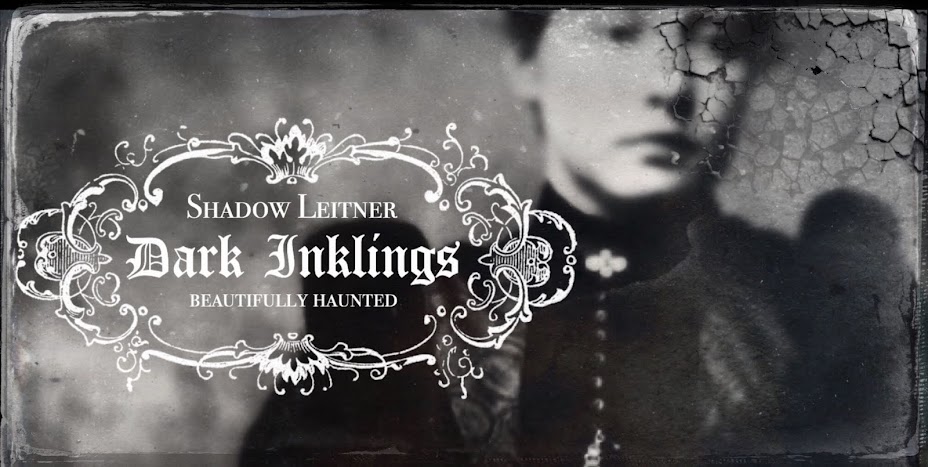I find podcasts to be really useful in voids of time, like commutes and shuttling my spawn around. From informative to entertaining, they can turn empty moments into more productive ones, and they certainly beat staring aimlessly at brake lights.
So, in no specific order, I've compiled 5 useful podcasts for Gothic writers.
1. Helping Writers Become Authors
This podcast, by award-winning author, K.M. Weiland, gives a lot of great information on the craft of writing in general and all the episodes are worth checking out. But, here are a few episodes that are particularly helpful for writing Gothic fiction.
- Characters: Likability Is Overrated: Learn why readers connect with imperfection in characters, more than perfection.
- Eliciting Emotion: Discover what drives emotion in fiction and how to elicit it in readers.
- Is Your Story Mysterious Enough?: The art of the mysterious is at the heart of every type of story, not just mysteries and suspense.
- 7 Reasons Weather Is a Writer’s Friend: Ever since Edward Bulwer-Lytton slapped readers with his infamous “dark and stormy night” line, writers everywhere have been leery of misusing weather in their stories.
- Why Your Hero Absolutely Must Pet a Dog: A little trick authors can use to make even their darkest anti-heroes sympathetic.
2. Writing Excuses
This is an award winning podcast for writers, and there are a lot of fantastic episodes as they are in season twelve. Before you break out into a sweat over the volume of episodes, these podcasts are short, about fifteen to twenty-five minutes. And here a few places to start.
- Season 11 - Elemental Genres. This was a really great season with a lot of information on genres and there are podcasts dedicated to Horror, Mystery and Thrillers, with information that can be applied to Gothic Fiction, but there is a bonus podcast in this season that is a real gem called, Horrifying the Children with Darren Shan.
- Mystery Plotting: Discusses plotting principles for any discovery and revelation plot and is not just for the Mystery genre.
- Horror: Discusses what makes a story scary and tools for writing tension.
- Lovecraftian Horror: More great writing tools for Dark Fiction.
3. This is Horror
This is a podcast dedicated to Horror fiction, writers and readers. While I don't define Gothic Fiction as being synonymous with Horror, there are a lot of tools within this genre that are applicable to Gothic Fiction. A great episode to start with is TIH 123: Writers’ Craft Talk: Writing Suspenseful Scenes with 16 Writers
4. In Our Time
BBC Radio runs this podcast hosted by Melvyn Bragg and it has a wealth of information from Gothic Literature to Victorian Culture. A great source for research and insights into the Gothic classics. I would start with this episode, In Our Time: Gothic
5. Lore
The storytelling is beautifully done by writer, host and producer, Aaron Mahnke, who is also the author of many supernatural thrillers. A lot of the music is composed by Chad Lawson whose haunting music is often on my writing playlists.
Episodes to start with is ALL OF THEM. Hurry, go now, don't walk, run.
Bonus podcast: A Gothic Story : A podcast by the British Library to accompany an exhibition they held called Terror and Wonder: the Gothic Imagination. It wonderfully chronicles the birth of Gothic Fiction and all of its monsters.
How about you, Night Writers, do you listen to podcasts for inspiration and techniques? If you do, definitely share which ones, I'd love to add them to my list.
As always, stay haunted!
♥ Shadow.











